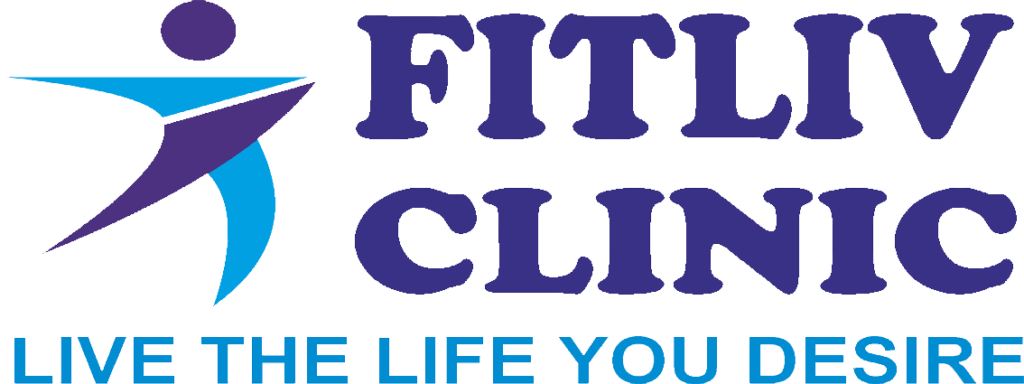Ortho-Rehabilitation
Orthopedic rehabilitation, or rehab, is a doctor-supervised program to help people recover from musculoskeletal injuries, diseases or surgeries. This includes conditions that affect the muscles, bones, joints, ligaments and tendons. It can restore motion, function, flexibility and strength to the body part needing rehabilitation. It can also reduce symptoms and improve your quality of life while dealing with an orthopedic issue. It can also help you prevent future problems. Another name for this type of program is musculoskeletal rehabilitation.
The components of an orthopedic rehabilitation program may include:
- Physical therapy (PT), specifically orthopedic physical therapy, to enable you to move your body better. It uses several approaches to accomplish this, including strength training, stretching exercises, massage, heat and cold therapy, electrical stimulation, and a home exercise plan. These techniques can help you move without pain or with reduced pain.
- Occupational therapy (OT) to improve your ability to function in daily activities, or occupations. It teaches you new ways to approach activities and how to break down tasks into manageable sections. You may also learn how to change your environment to suit your abilities. Adaptive equipment is another useful component of OT. Examples include splints, canes, reachers and orthotics.
- Sports rehabilitation, including sports physical therapy, which focuses on exercise- and sports-related injuries and conditions.

Why is orthopedic rehabilitation performed?
Doctors may recommend orthopedic rehabilitation for a variety of reasons. These include post-surgery recovery and treatment of injuries and chronic diseases, such as arthritis. Your doctor may refer you to orthopedic rehabilitation for any of these common conditions:
- Ankle rehab for ankle injuries, such as Achilles tendon problems, ankle fractures, and sprains
- Back rehab and lower back rehab for injuries, such as spinal fractures and herniated spinal discs
- Hip rehab for injuries, such as hip fracture and labrum tears
- Hip replacement rehab after total hip replacement or hip resurfacing
- Knee rehab for injuries, such as a dislocated knee or ACL (anterior cruciate ligament) tear
- Knee replacement rehab after a partial or total knee replacement
- Shoulder rehab for shoulder pain and injuries, such as a rotator cuff tear
- Wrist rehab for conditions, such as carpal tunnel syndrome
